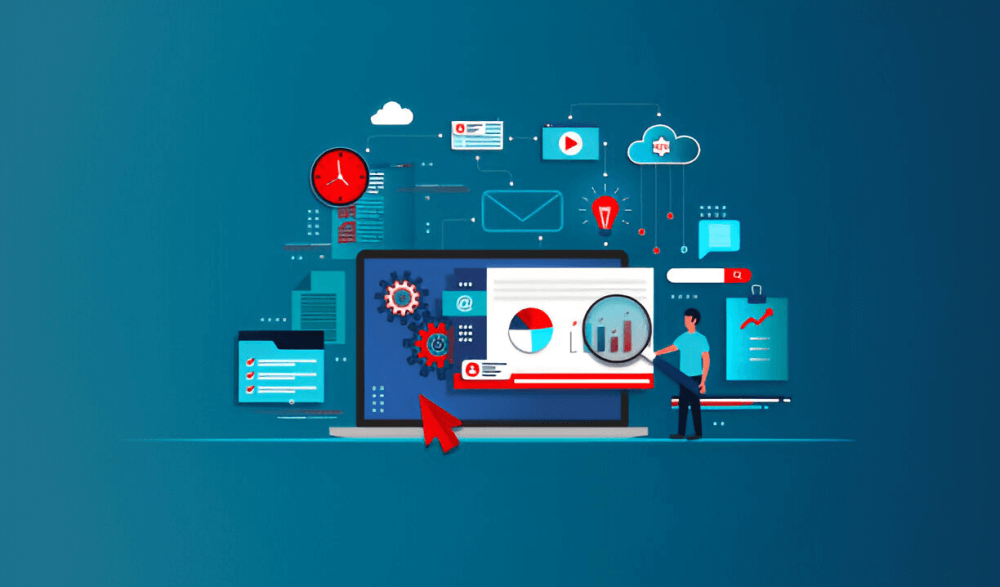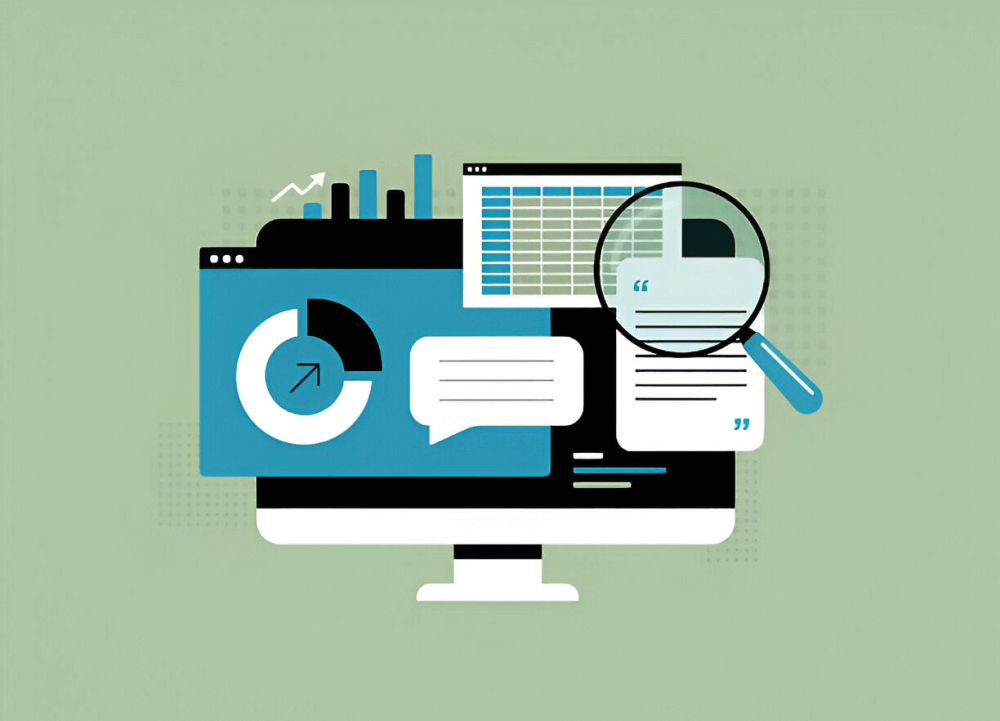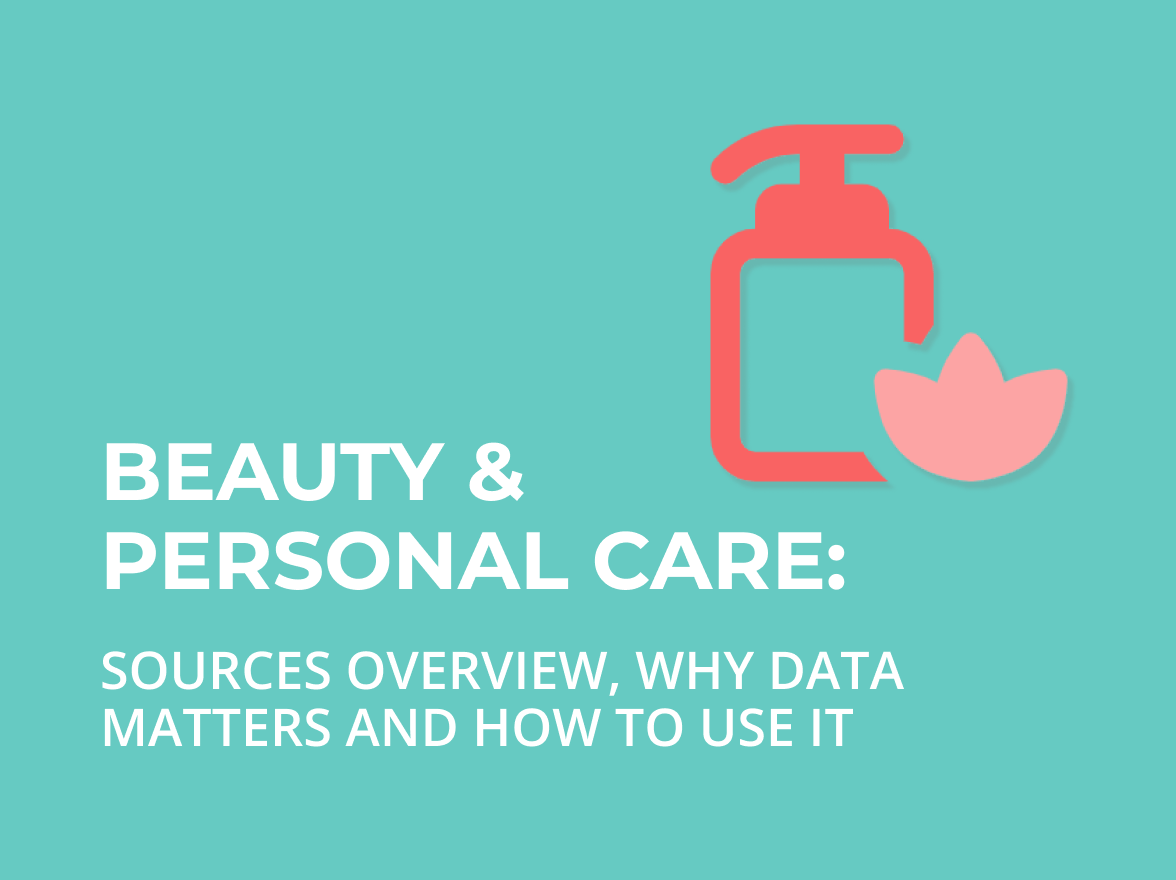Beauty & Personal Care: Sources overview, why data matters, and how to use it
The Beauty & Personal Care market is rapidly evolving — fragmented across private-label drugstores, prestige specialists, and fast-scaling e-commerce platforms.

In today’s competitive retail and e-commerce landscape, pricing can make or break a business. Customers are highly sensitive to price changes, and competitors adjust their strategies in near real-time. For businesses that operate across multiple marketplaces and geographies, manual monitoring of competitor prices is no longer sustainable.
This is where web crawling tools for retail price optimization come into play. By automatically extracting structured pricing data from competitor websites, online marketplaces, and directories, businesses can gain a 360° view of the market. When combined with advanced analytics and dynamic pricing engines, web crawlers empower businesses to make data-driven pricing decisions that boost revenue, maintain margins, and strengthen market share.SSA Group, with over 15 years of experience in web scraping, crawling, and dataset management, has helped businesses overcome common scraping challenges such as CAPTCHA bypass, IP rotation, and compliance with data regulations. In this article, we’ll explore how to choose the right web crawling tool for retail price optimization, the features to look for, and how your business can maximize the ROI of these tools.
Price optimization is not just about being the cheapest option—it’s about being the smartest. Businesses must strike a balance between competitiveness and profitability while accounting for market demand, supply chain fluctuations, and consumer behavior.
Key benefits of price optimization:
With razor-thin margins in industries like e-commerce, retail, consumer electronics, and fashion, price optimization supported by web crawling is no longer optional—it’s essential.
A web crawling services (sometimes referred to as a scraper or extractor) automatically collects pricing and product data from competitor websites and online marketplaces.
For example, an e-commerce retailer may want to track:
Rather than manually browsing and copying this information, a crawler automates the process, delivering structured data that can be fed into analytics or pricing optimization platforms.
While web crawlers sound straightforward, implementing them at scale comes with challenges. SSA Group’s experience highlights the most common obstacles:
Businesses that don’t address these challenges risk relying on flawed or outdated datasets, which could damage pricing strategies.
When selecting a web crawling tool, retailers should evaluate based on accuracy, scalability, compliance, and integration capabilities. Below are the must-have features:
Your pricing strategy is only as good as the data behind it. Choose a tool that includes validation checks, deduplication, and anomaly detection. SSA Group’s Data Quality Checker ensures datasets are complete, accurate, and up-to-date.
Retailers often need to track thousands of SKUs across multiple sites. The right tool must handle large-scale extractions with minimal downtime, ensuring no missed opportunities during peak seasons.
Look for features like IP rotation, proxy management, and CAPTCHA handling. These are essential for uninterrupted crawling on protected websites.
No two retailers have the same needs. A crawler should allow tailor-made dataset configurations, frequency adjustments (daily, hourly, or real-time), and multiple delivery formats (CSV, JSON, API integration).
With growing concerns about data privacy (GDPR, CCPA), your chosen provider should emphasize ethical data collection and provide clear compliance frameworks.
Data is valuable only when actionable. Ensure the tool integrates seamlessly with pricing engines, dashboards, and analytics platforms for real-time insights.
Websites change layouts frequently. Reliable support and ongoing maintenance ensure crawlers don’t break overnight.

Let’s explore how businesses across industries apply web crawling to real-world use cases:
For instance, an electronics retailer could crawl Amazon for competitor prices on headphones, then adjust its own prices on its own webshop within hours to remain competitive while maintaining margins.
With over 15+ years in web scraping and dataset management, SSA Group offers a structured approach to retail price optimization:
This approach ensures accuracy, completeness, and timely delivery—key factors in retail pricing strategies.
The future of retail pricing lies in the intersection of AI, machine learning, and web data automation.
Retailers that invest today in robust, scalable, and compliant web crawling solutions will be best positioned to thrive in this data-driven environment.
1. What is the difference between web crawling and web scraping?
Web crawling refers to the automated discovery of web pages, while web scraping extracts structured data from those pages. Most retail price optimization tools combine both.
2. How often should retailers update their pricing data?
It depends on the industry. For high-velocity markets like fashion or electronics, hourly updates may be necessary. For others, daily or weekly crawling may be sufficient.
3. Is web scraping legal for retail price optimization?
Yes, when done ethically and in compliance with regulations. SSA Group emphasizes data compliance and proper licensing frameworks.
4. Can small businesses benefit from web crawling?
Absolutely. Small e-commerce stores can monitor competitors efficiently without large manual overheads.
5. What if a website blocks my web crawler?
Advanced tools with IP rotation, proxy use, and CAPTCHA bypass help mitigate this risk. SSA Group specializes in overcoming these technical barriers.
Choosing the right web crawling tool for retail price optimization is not just a technical decision—it’s a strategic investment in your business’s competitiveness. The right solution should provide accurate, complete, timely, and compliant datasets that integrate seamlessly into your pricing strategy.
If you’re ready to take control of your pricing strategy, explore SSA Group’s Datasets and Web Scraping Services today — or Contact Us to discuss a tailor-made solution for your business.SSA Group’s expertise in dataset creation, crawling technology, and compliance empowers businesses to stay ahead of the competition with up-to-date, structured, and scalable data. Whether you’re a small e-commerce store or a Fortune 500 enterprise, leveraging web crawling for pricing insights can help you increase revenue, optimize margins, and build long-term customer trust.

The Beauty & Personal Care market is rapidly evolving — fragmented across private-label drugstores, prestige specialists, and fast-scaling e-commerce platforms.

When we talk about ecommerce, most minds immediately picture flashy gadgets, fashion, or home décor. But behind the scenes lies a titan of a category – Industrial & Scientific – quietly powering manufacturing, healthcare, research labs, infrastructure, and even backyard workshops.
you're currently offline